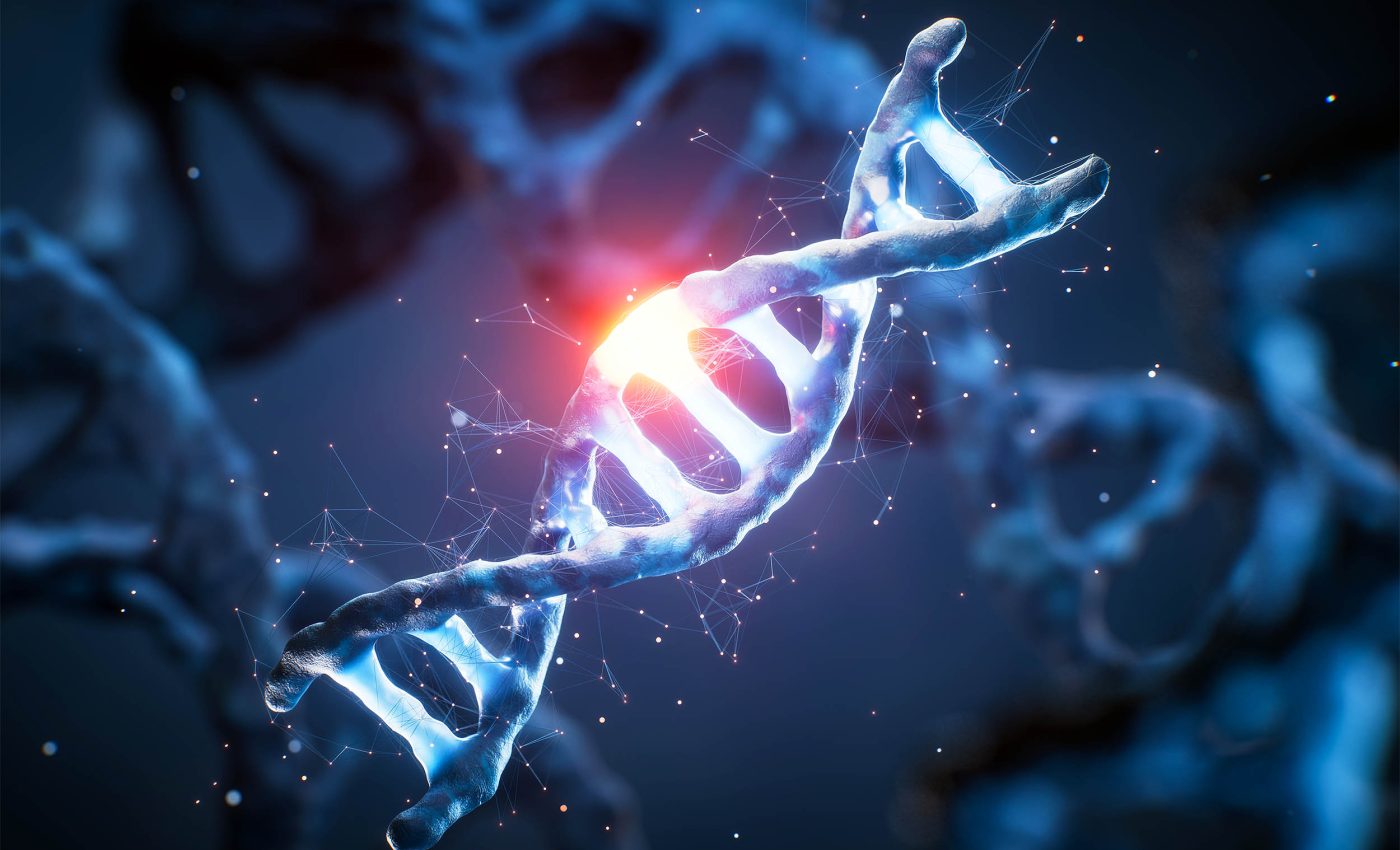
Early humans took a giant evolutionary leap when they started eating meat
We didn’t just grow taller for no reason. Our ancestors didn’t just burn energy from meat out of nowhere. Something shifted, deep in our biology – and meat had everything to do with that energy.
A new study published in the journal Cell Genomics dives into this change. It shows how a single genetic tweak, one ancient variant, may have helped drive two things we now take for granted: our height and how much energy our bodies use when at rest.
You might not expect metabolism and height to share roots, but they do. And the story starts with meat.
Meat and human metabolism
“The dietary shift from a primarily plant-based diet to increased meat consumption marks a major milestone in human evolution,” noted co-corresponding authors Jin Li and He Huang of Fudan University.
“Previous studies have suggested that this shift influenced many traits and phenotypes in anatomically modern humans. It is therefore not surprising that height may also have been affected.”
Meat did more than change dinner. It may have changed DNA. Specifically, a variant called rs34590044-A, which affects a gene named ACSF3.
This gene lives in our cells’ energy factories – the mitochondria – and helps manage how we break down amino acids, especially those found in meat. When ACSF3 expression goes up, so does metabolism. Bones also seem to grow more.
The researchers didn’t guess. They had data from nearly half a million people. They dug into the UK Biobank and found over 6,000 genetic variants that connect height and basal metabolic rate. But one kept flashing bright red: rs34590044-A.
Meat-based diets altered human height
The team ran tests on computer models and in real cells and living mice. When mice got the ACSF3 variant and ate a meat-mimicking diet, they grew longer and used more energy. That’s not a fluke – it’s a functional effect. The gene works harder when meat is around.
Without the variant, metabolism slowed. Bones didn’t grow as much. Mice burned less energy. But once scientists dialed ACSF3 expression back up, everything changed – again. This time, growth returned. So did energy use. But only with the right amino acids in the diet.
“In anatomically modern humans, basal metabolic rate and stature exhibit notable evolutionary divergence compared to non-human apes,” said Shaohua Fan of Fudan University in Shanghai, China.
“Although both traits, particularly height, have been extensively investigated, the evolutionary mechanisms driving these changes remain comparatively underexplored. That’s why we decided to focus on these two traits together.”
Meat gene spread with human migration
It wasn’t just today’s bodies that told the story. Ancient DNA backed it up. The researchers traced the variant through time. They found it often in meat-eating cultures, like the Yamnaya, and rarely in early plant-farming groups.
The gene didn’t spread randomly – it rode the wave of meat consumption across continents and centuries. As farming spread, the variant dipped in frequency. Then, over the past 5,000 years, it came back even stronger.
Populations that reintroduced meat or mixed with meat-eaters showed higher levels again. Evolution doesn’t forget what works.
This mutation isn’t loud. It doesn’t code for muscle or bone directly. It tweaks regulation – how much of ACSF3 gets made. That’s enough to tilt the body’s internal balance: more ACSF3, more energy, more bone.
A new look at human evolution
ACSF3 doesn’t act alone. It reduces toxic byproducts like methylmalonic acid (MMA). That’s important because MMA buildup messes with mitochondria. If your cells can’t breathe, they can’t grow or fuel the body properly. The gene, in a way, cleans the engine before it revs.
When they took ACSF3 out in mice, those animals struggled. Their energy dropped and their bones stopped stretching. But put it back – and give them threonine, an amino acid from meat – and everything reversed. Growth and heat returned.
“This research reveals the intricate interplay between the genetic, environmental, and demographic factors that have contributed to the emergence and evolution of anatomically modern humans,” noted Fan.
“It also has important implications for understanding susceptibility and resistance in contemporary metabolic disorders like type 2 diabetes, obesity, and metabolic syndrome.”
More energy and warm bodies
This isn’t the first time diet shaped us with energy from meat. Our ability to digest milk, for example, only emerged in some farming groups. Starch-digesting genes exploded in others. ACSF3 joins that list – powered by meat, driving energy. A quiet change, with big consequences.
The gene didn’t just help us survive meat – it let us thrive on it. More energy meant better movement, warmer bodies, and longer limbs.
That matters when the world turns cold or when food gets scarce. A fast-burning engine beats a sluggish one when every calorie counts.
Dietary changes in modern humans
The research team plans to keep going. They want to find more traits that co-evolved, just like height and metabolism. They’ll keep digging into ancient genomes, testing in labs, and matching genes to diets.
The researchers are especially interested in how our bodies maintain balance. Metabolic homeostasis, the fancy term for it, may have shaped more traits than we realize.
And as diets continue to change today, our ancient genetic choices could still be nudging us in new directions.
The study is published in the journal Cell Genomics.
—–
Like what you read? Subscribe to our newsletter for engaging articles, exclusive content, and the latest updates.
Check us out on EarthSnap, a free app brought to you by Eric Ralls and Earth.com.
—–













